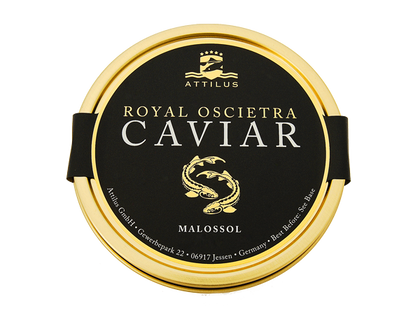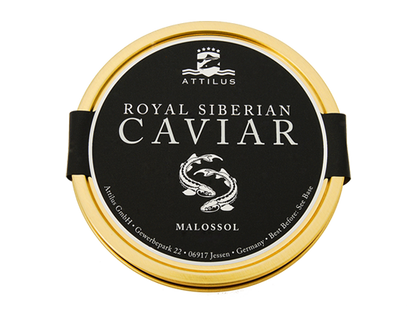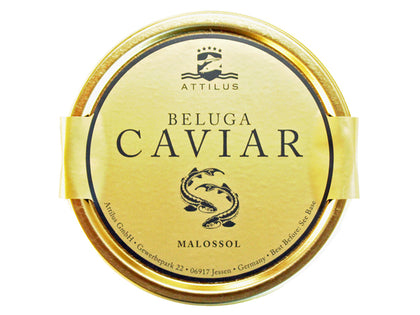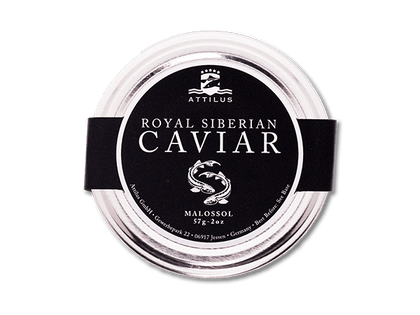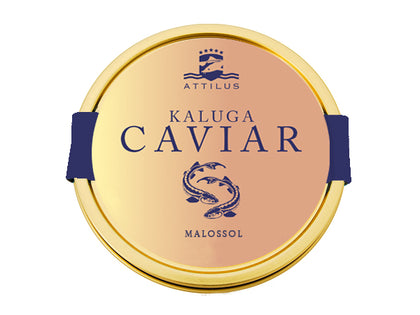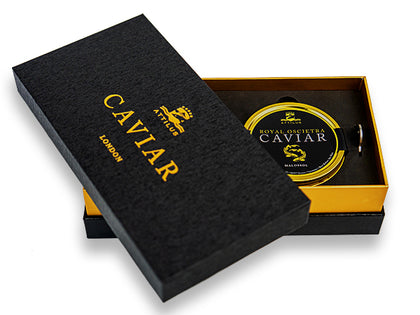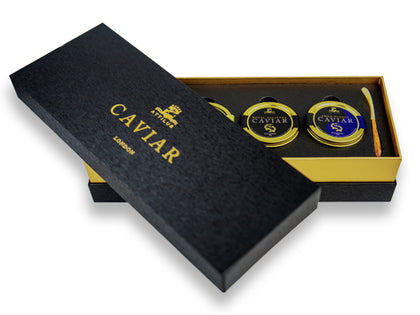Making the Grade
Assessing Exceptional Quality - Attilus Caviar | London, UK
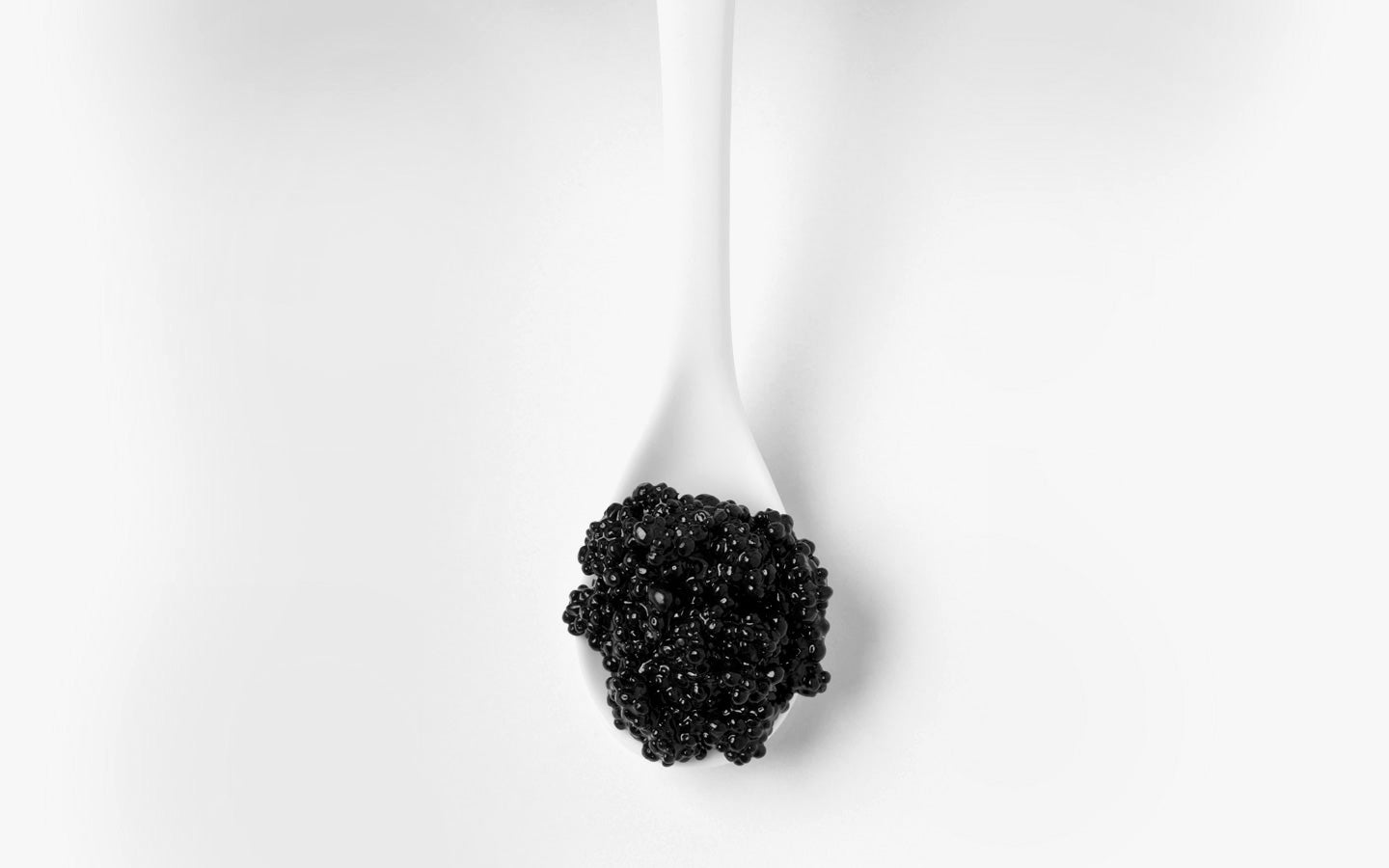
If you're a person with good taste, you already know that caviar is a special food, and you probably appreciate its sublime taste and quality. But to become a true connoisseur, you’ll need to learn a little bit about how caviar is graded. This is how the world’s top caviar experts and chef's assess the quality of caviar.
Egg uniformity
This refers to the general appearance of the caviar. Generally, a good caviar has consistency when it comes to the eggs physical characteristics such as size and colour.
Egg size
The larger the egg, the more flavour is released when the egg 'pops' on the palate. Beluga caviar has the largest-sized eggs, a little smaller than the size of a pea. Next up is Oscietra – if the eggs are smaller than expected, it means they are not mature enough.
Egg colour
Eggs vary in color, depending on the age of the sturgeon from which it came. In the case of Oscietra caviar, the colour of the egg faints (from dark olive to golden brown) as the fish matures.
Egg maturity
Like a fine cheese or a vintage wine, the maturer the sturgeon, the better the caviar tastes.
Separation of egg grains
Egg separation occurs when the caviar is being processed. It answers how delicate the process of sieving is, as well as the quality of the equipment used in doing so.
Caviar’s fragrance
Good caviar possesses a fresh watery scent - a little bit like oysters - which reflects the freshness of the eggs. Imitation caviars don't have this characteristic as they retain a strong fishy scent.
Egg’s lucidity
The shiny coat of the eggs reflects the freshness of the eggs used as well as the proper storage process used to preserve the caviar.
Egg shell hardness
Good quality caviar has good quality egg grains. The shell must be hard enough to pop on the palate, but tender enough to melt in the mouth.
